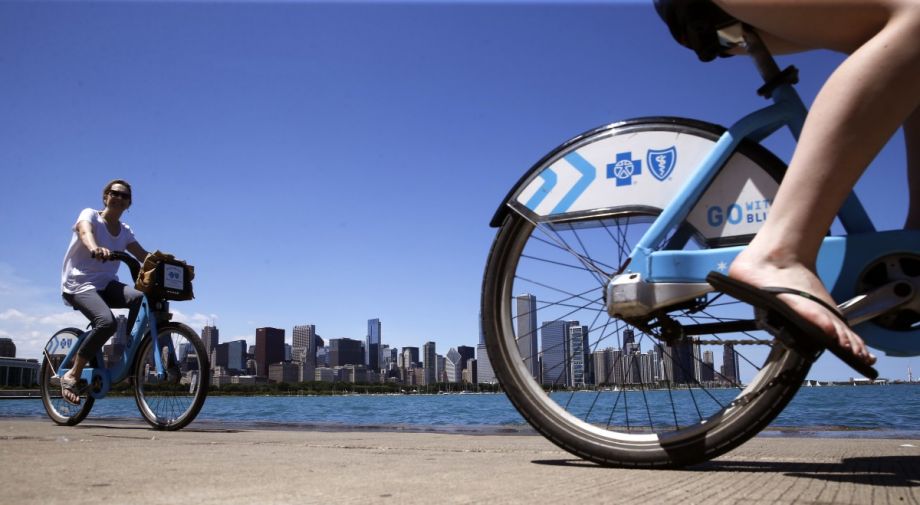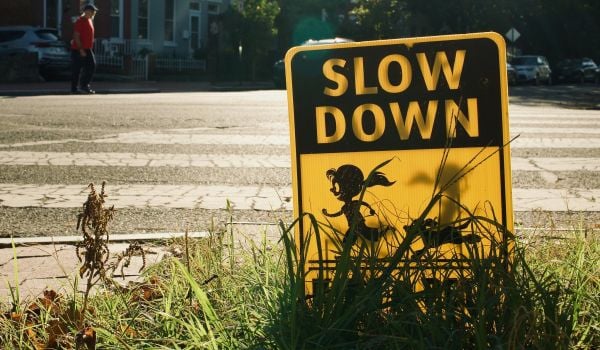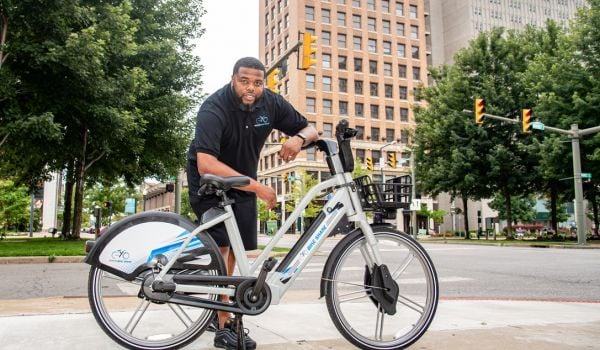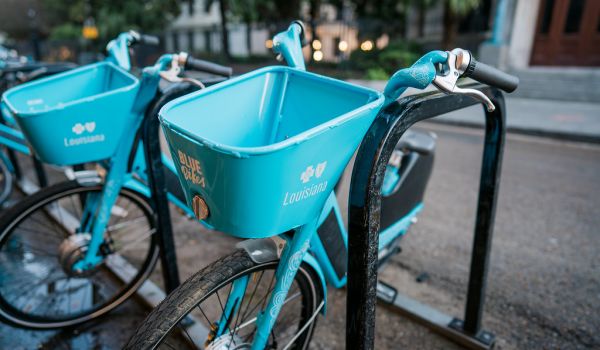There’s now even more data to suggest that building out bike infrastructure is central to increasing bike ridership and equity. A new survey of seven cities highlights the municipal policies that helped them make bicycling safer for all, including low-income riders and riders of color. The resulting report, “Equitable Bike Share Means Building Better Places for People to Ride,” released Wednesday by the National Association of City Transportation Officials, makes the case for a “safety in numbers” approach to biking: The more people out on bikes, the better.
“People want and need safe places to walk and bike, and safe ways to get to their jobs or schools,” said Carniesha Kwashie, of the Mayor’s Fund for Philadelphia and the Better Bike Share Partnership, in a statement. “This analysis by NACTO highlights the fundamental fact that building safe streets underscores all approaches to building a more equitable city and society.”
All seven cities surveyed — Minneapolis, New York City, San Francisco, Portland, Philadelphia, Chicago and Washington, D.C. — have invested in “high-comfort bike facilities” in recent years. Out of the seven, five had a decrease in the absolute number of bicyclists killed or severely injured from 2007 to 2014, even though bike ridership rose during those years. In the two cities where the absolute number of bicyclists killed or severely injured did rise, that number rose slower than the rate of the increase in bicycling, meaning the overall percentage of bicyclists injured was still on the decline.
Adding protected bike lanes caused a noticeable spike in ridership for cities. Streets with protected bike lanes saw a ridership boost of anywhere between 21 percent and 171 percent. This particularly impacts the 60 percent of the total population who describe themselves as “interested but concerned” about biking. Of those, 80 percent would be willing to ride on streets with a separated or protected bike lane.
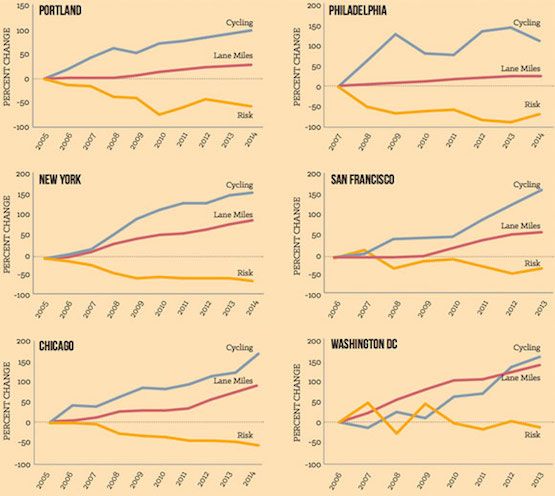
The survey also showed that successful bike-share systems can dramatically increase the total number of people on bikes in a city. Since the number of bicyclists being struck by a motorist declines as the total number of people biking increases, bike-shares increase safety even for cyclists who never use the system. Bike-share systems can also help build political momentum for bike infrastructure.
These gains in bike safety are particularly important for low-income riders and riders of color. Black and Hispanic bicyclists have a fatality rate 30 percent and 23 percent higher than white bicyclists, respectively, and recent national research also suggests that people of color are more likely than white Americans to say that adding protected bike lanes would make them ride more. The report also points out that almost half of people who bike to work earn less than $25,000 a year. From the report:
Years of highway building, car-based zoning and exclusionary housing policies means low-income neighborhoods are often separated from job centers by highways and dangerous streets with limited-to-no space for bikes or pedestrians. As cities build for more cyclists they should ensure that the bike lane network includes safe routes for existing riders.
One policy that does not help? Mandatory adult helmet laws. Research finds that they reduce bike ridership while failing to increase safety. These laws have had hurt bike advocacy efforts in Australia and hampered bike-share in Seattle and other cities, and research suggests they are disproportionately enforced against people of color.
Kelsey E. Thomas is a writer and editor based in the most upper-left corner of the country. She writes about urban policy, equitable development and the outdoors (but also about nearly everything else) with a focus on solutions-oriented journalism. She is a former associate editor and current contributing editor at Next City.

